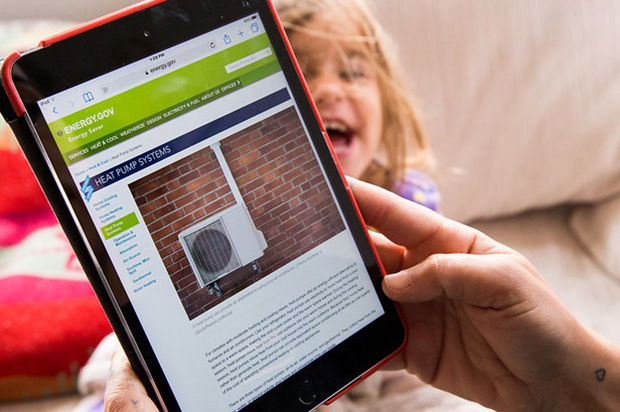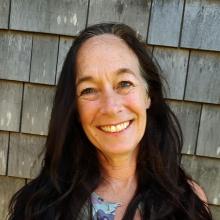Most folks spend most of their time inside buildings. Whether it's hot or cold outside, staying comfortable indoors is essential. Yet a lot of our appliances that keep us warm can burn dirty fuels like gas, which warms the planet, too. And, when it’s hot out, conventional air conditioners are inefficient and use a lot of energy to operate.There's a better way!
An electric heat pump is a single appliance that replaces a furnace AND an air conditioner, uses less electricity for heating and cooling — and saves you money on utility bills. Plus when there's dirty or smoky air outside along with hotter temperatures, with an electric heat pump you can keep your windows closed and still stay cool. It's great technology available now, but it needs to be attainable and affordable for everyone.Climate pollution from our buildings is growing at a faster rate than any other sector so we must move quickly to use our clean grid to electrify our buildings. Existing buildings produce the vast majority of carbon emissions, and using fossil gas appliances produce toxic indoor air pollution.
Send a message to your legislators today asking them to address this.
They should fund the following programs:
Low-and moderate-income heat pump program
Many low-and moderate-income households (LMI) need support beyond appliance retrofits, including crucial weatherization and safety upgrades. A comprehensive whole-home approach, beginning with a full energy audit, has yielded opportunities for deeper energy savings in programs in other states. This approach would also ensure that LMI households can also receive subsidies for accompanying costs such as electrical panel upgrades.
Rebate program for heat pumps in schools and small businesses
Burning fossil fuels in commercial buildings is responsible for an estimated $110 million dollars in health impacts annually. This is particularly true in schools, where indoor air pollution disproportionately impacts children. Children have developing lungs, and breathe larger volumes of air relative to their body size. Reductions in indoor air pollution, as well as improvements in energy efficiency and lighting, bring tangible improvements to student health and performance, particularly among our youngest and most vulnerable children.





